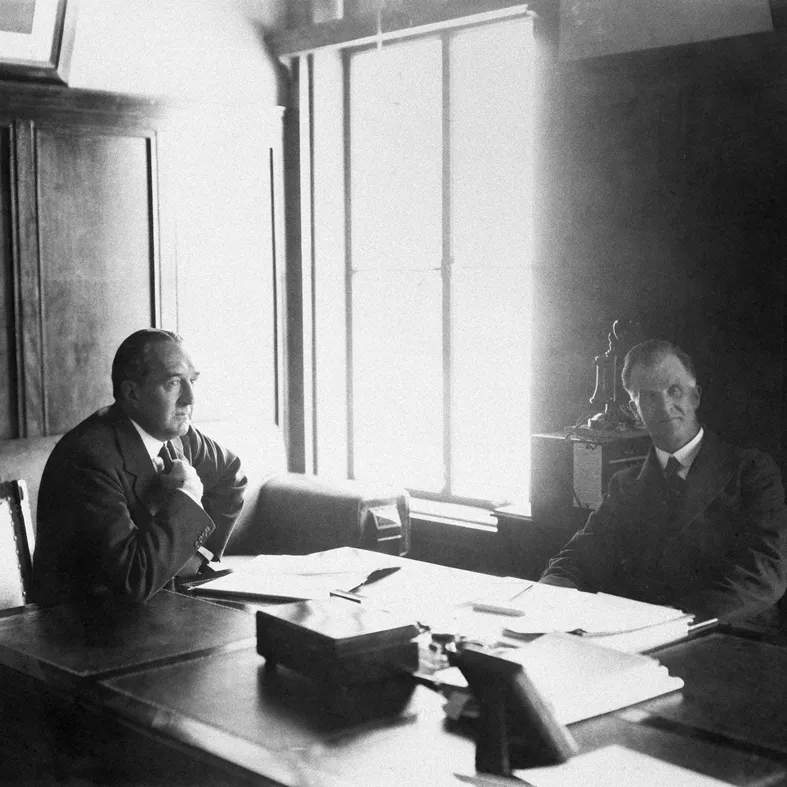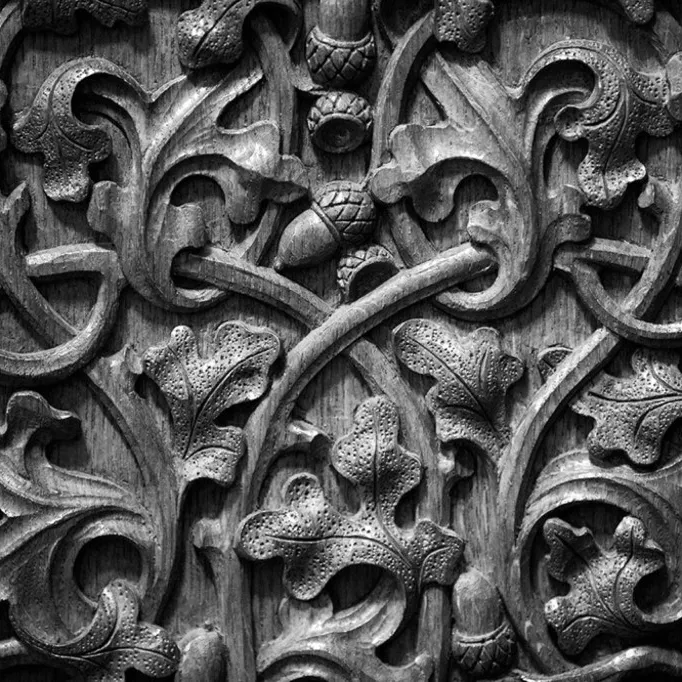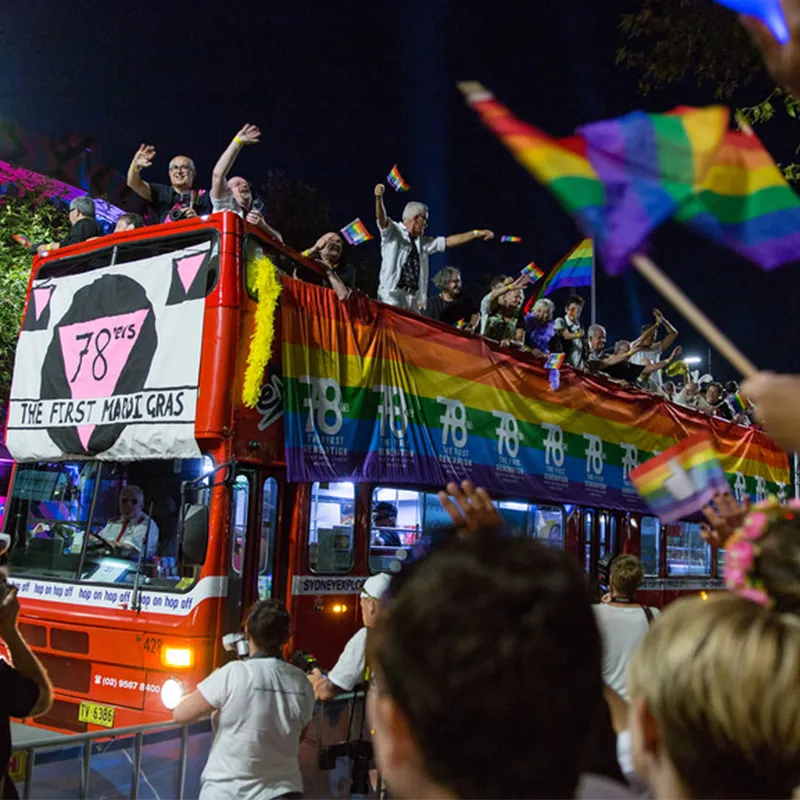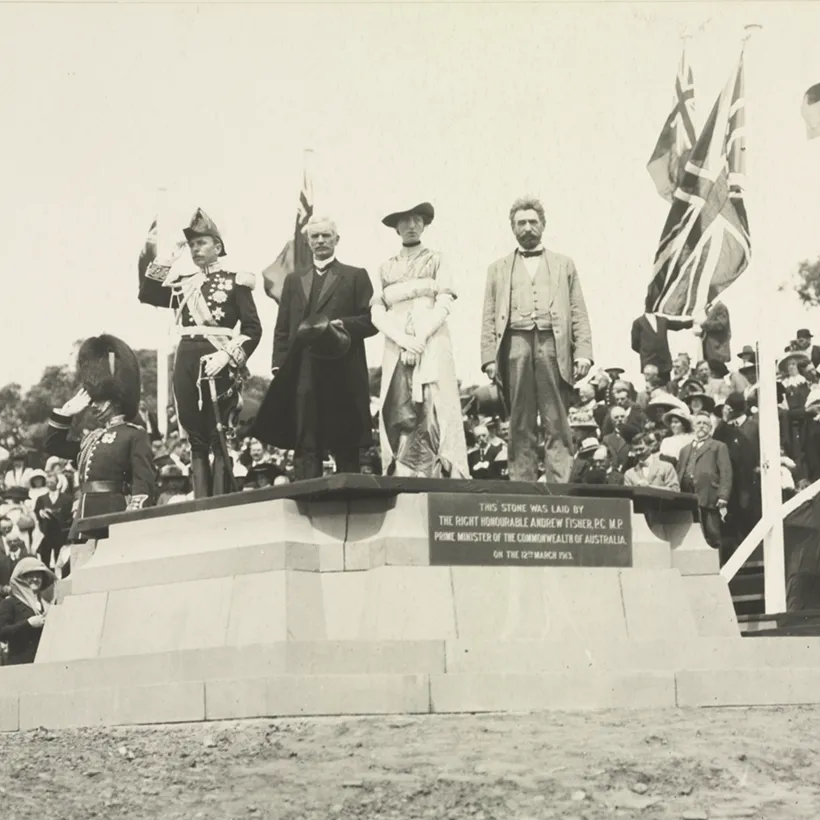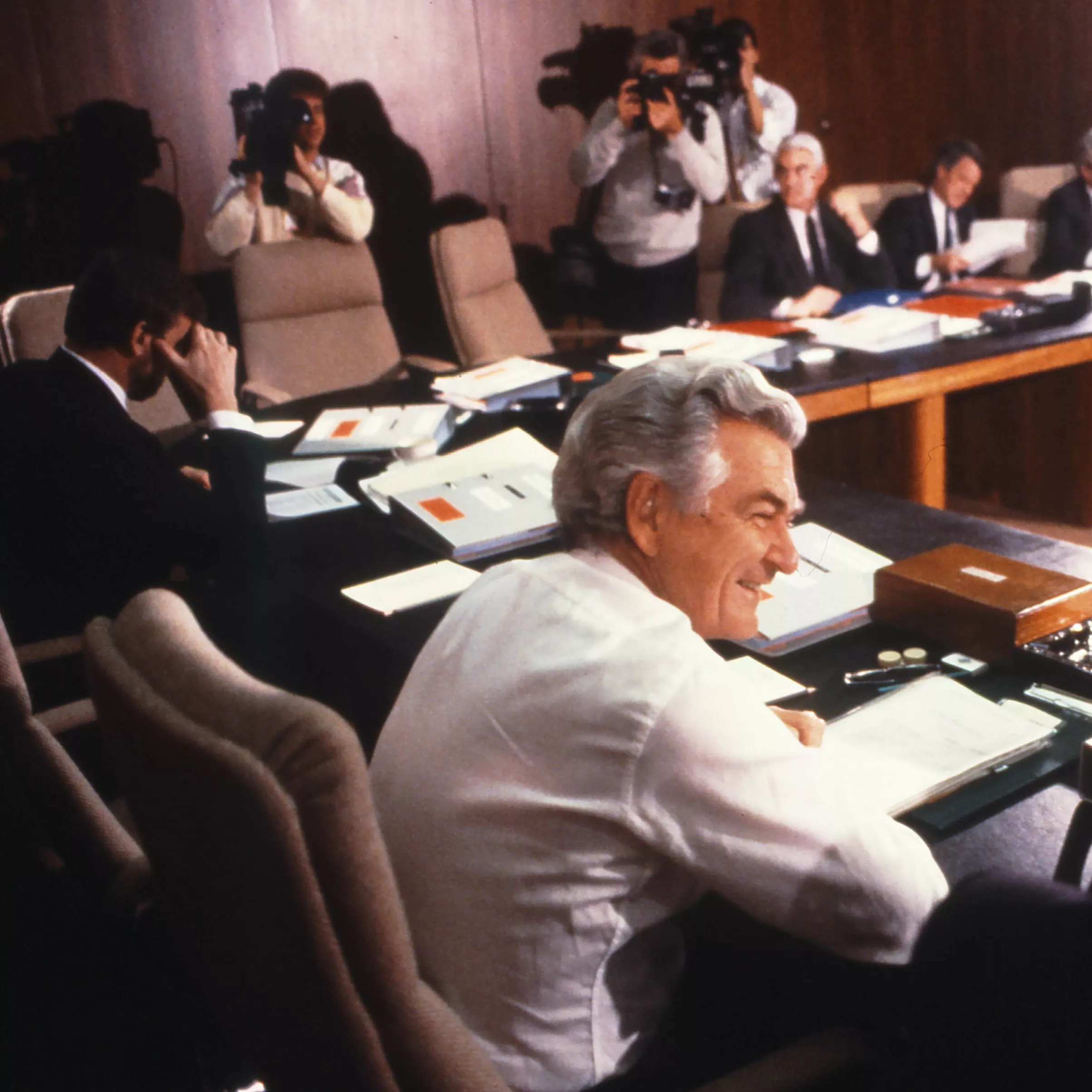Transition of power – what’s the difference between Australia and the United States?
- DateWed, 20 Jan 2021
On January 20, Joseph R Biden Jr was sworn in as the 46th President of the United States.
The inauguration in Washington is the culmination of several weeks of transition, following an election in November. The media makes much of these transitions, when they happen, and they are long, drawn-out processes.
Compare this to Australia, where the transition between prime ministers and their governments is fast. Sometimes, the whole thing takes only a couple of days. Despite this, there are some similarities between the two processes, and the differences are entirely due to the histories and political cultures of each country.
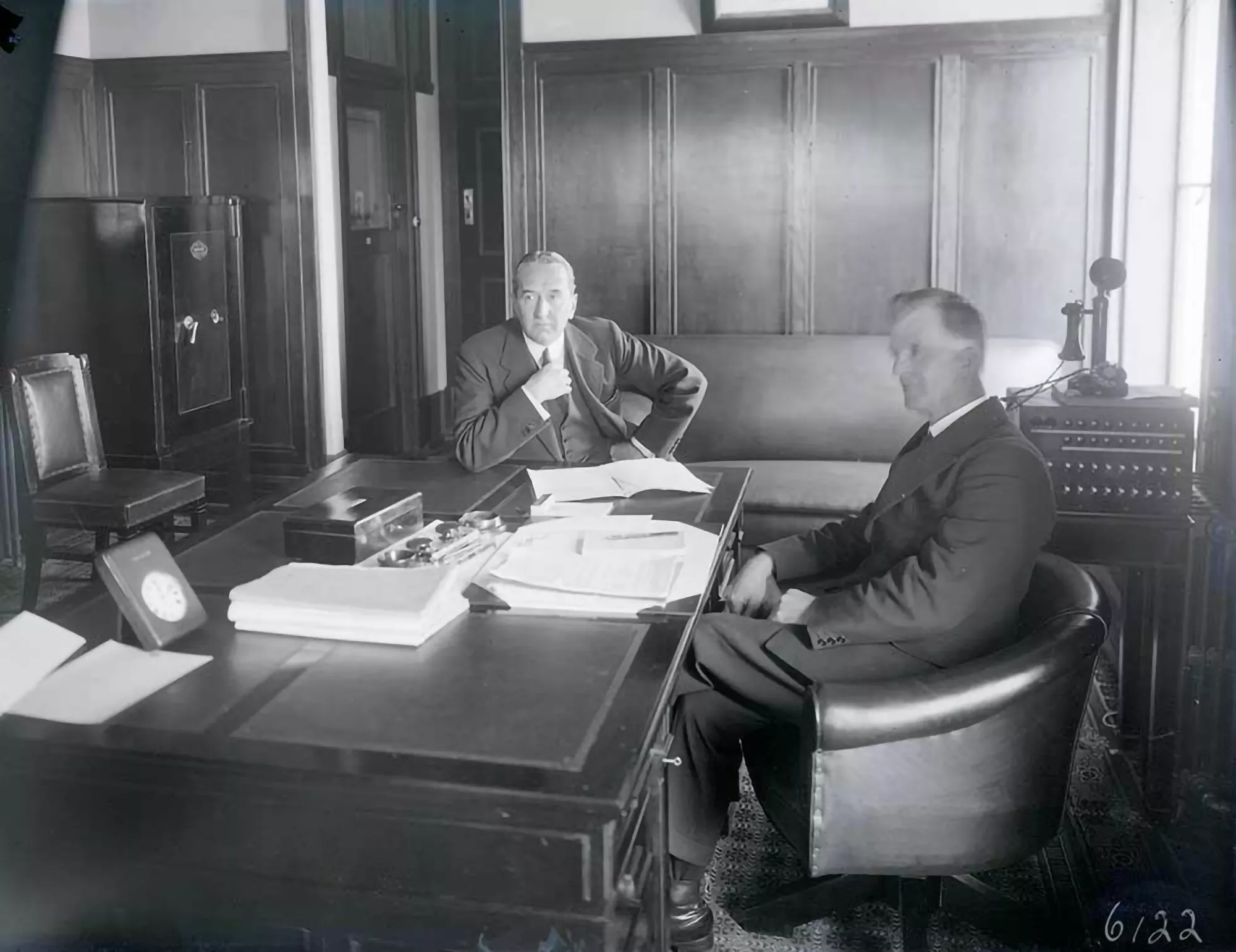
Prime Minister Stanley Bruce and James Scullin in Old Parliament House, the day before Scullin was sworn in as the new Australian prime minister. NAA: A3560, 6122
Why is it so long between the US election and the inauguration?
American presidential transitions are a product of the way presidents are elected. Because the US electoral college has to meet to cast their votes before a president-elect is officially declared, there is some time between the election and the new administration. Usually, the president-elect is known on election night, but it is still a month or so before the electoral college elects them, and another few weeks before Congress verifies the result.
Further, it used to take a much longer time to elect a president. Elections sometimes happened over multiple days, with different states voting on different dates. Before mass transportation and instant communication, it took much longer to get all the results tallied. Modern presidents are inaugurated on 20 January, but until 1933 the date was 4 March – six months after the election!
How long does it take to change leaders in Australia?
Australians, fortunately, have never had to deal with these long delays. Australian elections can take weeks to count, but in almost all cases the winner is known within a few days at most. Because election dates aren’t fixed, neither is the date for the new government to take office. It happens when the incoming government is ready, usually within two weeks or so.
Despite the difference in timing, there are similar processes Australian prime ministers-elect have to go through. The main job during this time is to choose the people who will form the new government – the cabinet and other ministers and officials. American presidents-elect tend to trickle these appointments out a few at a time, while Australian leaders tend to simply announce the whole ministry at once.
Another key difference is that Australian ministers have to be drawn from the parliament, while American cabinet positions don't – the president can choose anyone they want, as long as they are confirmed by the Senate. And that's another difference – most of a US president's appointments are subject to confirmation, while Australian ones aren't. The choice is that of the prime minister and them alone.
Who appoints the president or the prime minister?
Another important difference is who makes the official appointment and why. The US president can be sworn in by any judge; usually, it's the chief justice, but it doesn't have to be. Lyndon B Johnson, who became president in 1963 following John F Kennedy's assassination, was famously sworn in aboard Air Force One by federal judge Sarah Hughes. Calvin Coolidge was sworn in by his own father, a justice of the peace, and later by another judge to make sure it was legal.
In Australia, the prime minister is sworn in by the governor-general. This is because the prime minister leads a government under the authority of the monarch, so the governor-general makes appointments to government offices on the monarch's behalf.
Where does the ceremony happen?
In contrast to the big, lavish events held in Washington, the swearing-in of a new prime minister and their ministers is usually a low-key affair, attended only by families and members of the press. It usually takes place at Government House in Canberra. Starting with the PM and then other members of the ministry, usually in order of seniority, the governor-general administers the oath and officially commissions the new government.
What is the official oath?
Both Australian prime ministers and the US president take an official oath of office. The president's is mandated by the constitution, and runs:
'I do solemnly swear (or affirm) that I will faithfully execute the Office of President of the United States, and will to the best of my ability, preserve, protect and defend the Constitution of the United States.'
Prime ministers have an official oath as well, but it does not appear anywhere in the constitution. They have always taken them, but the wording has changed over time. The current wording is:
'I, (name), do swear that I will well and truly serve the people of Australia in the office of (position) and that I will be faithful and bear true allegiance to (current monarch). So help me God!'
'So help me God' is optional. Some ministers who are not religious choose instead to affirm rather than swear. Much like the presidential oath, a Bible is not a requirement, though some choose to use them.
President Trump announced he will not be attending president-elect Joe Biden's inauguration. He won't be the first outgoing president not to attend, joining three others – John Adams, John Quincy Adams and Andrew Johnson. In Australia the outgoing prime minister does not attend the swearing-in of the new prime minister.
Want to know more about how the US and Australian political systems differ? Learn more about how Australian elections differ from American elections.

